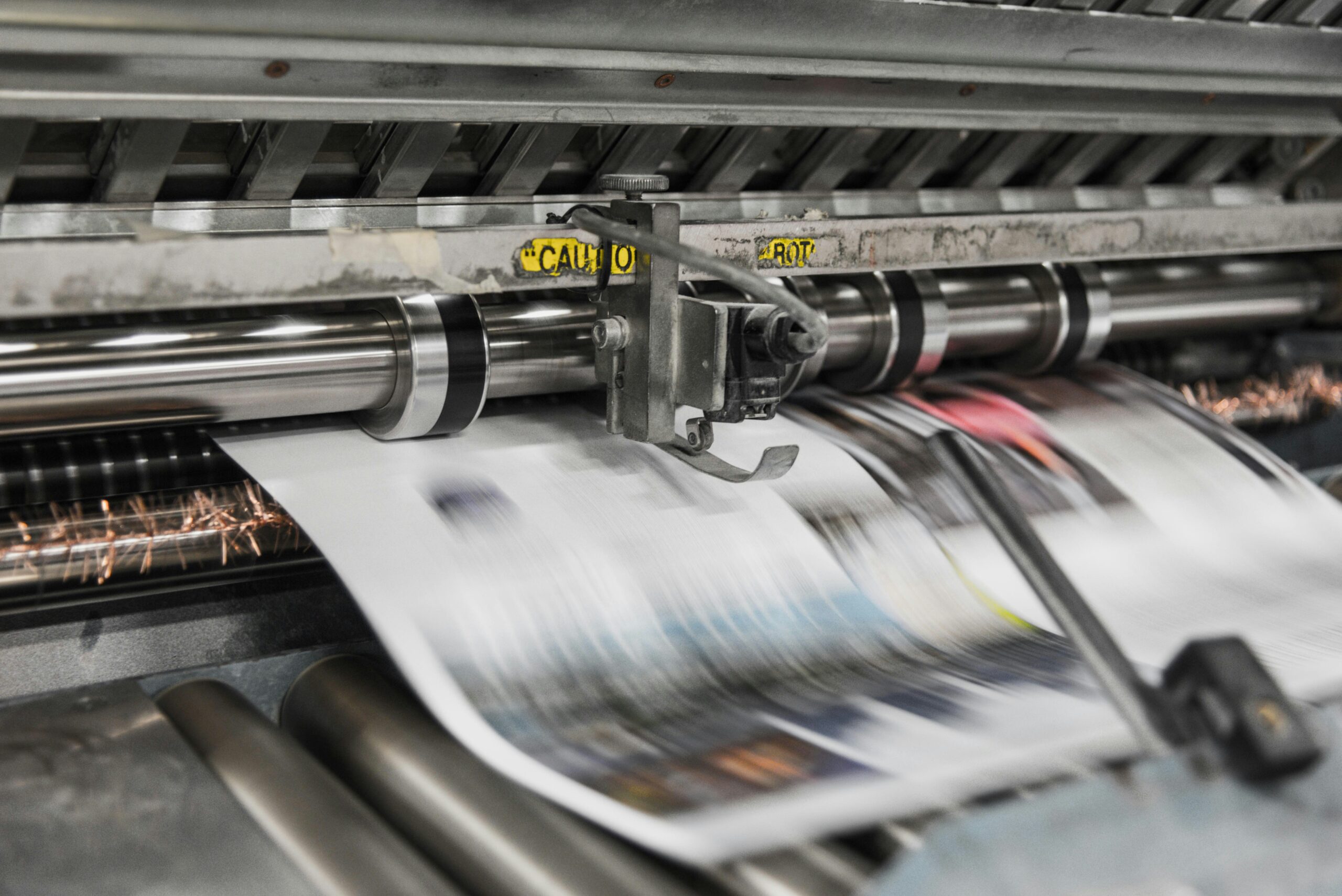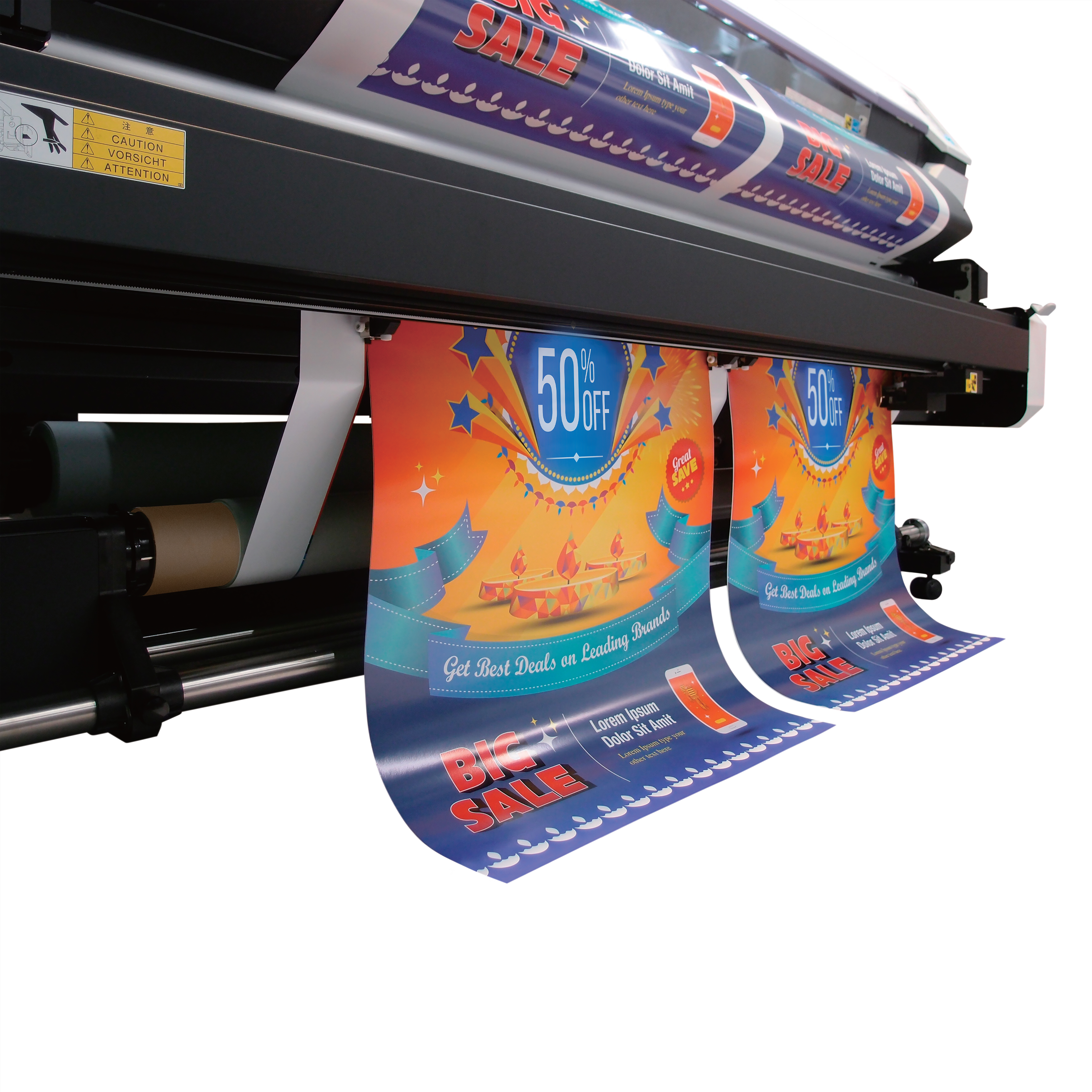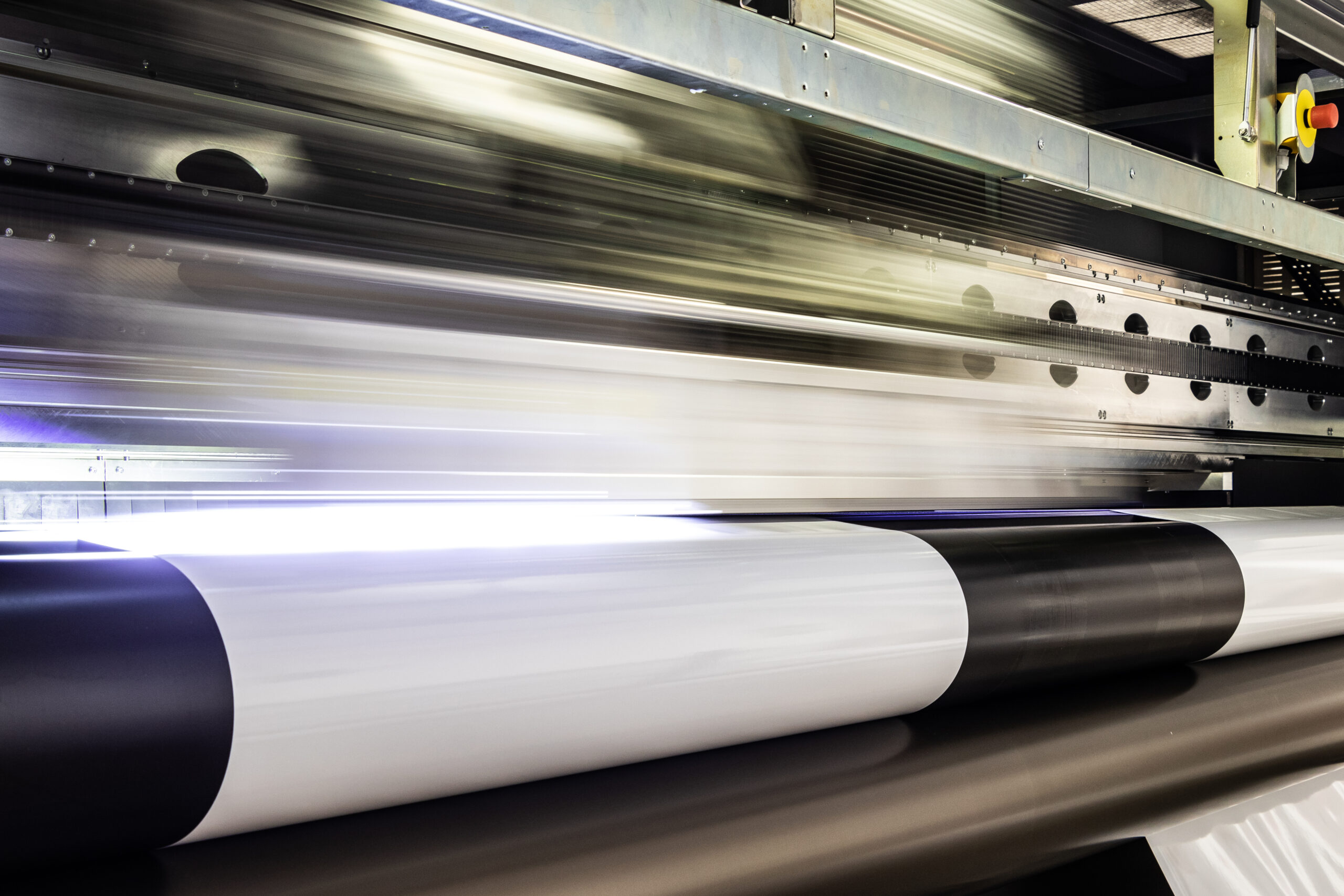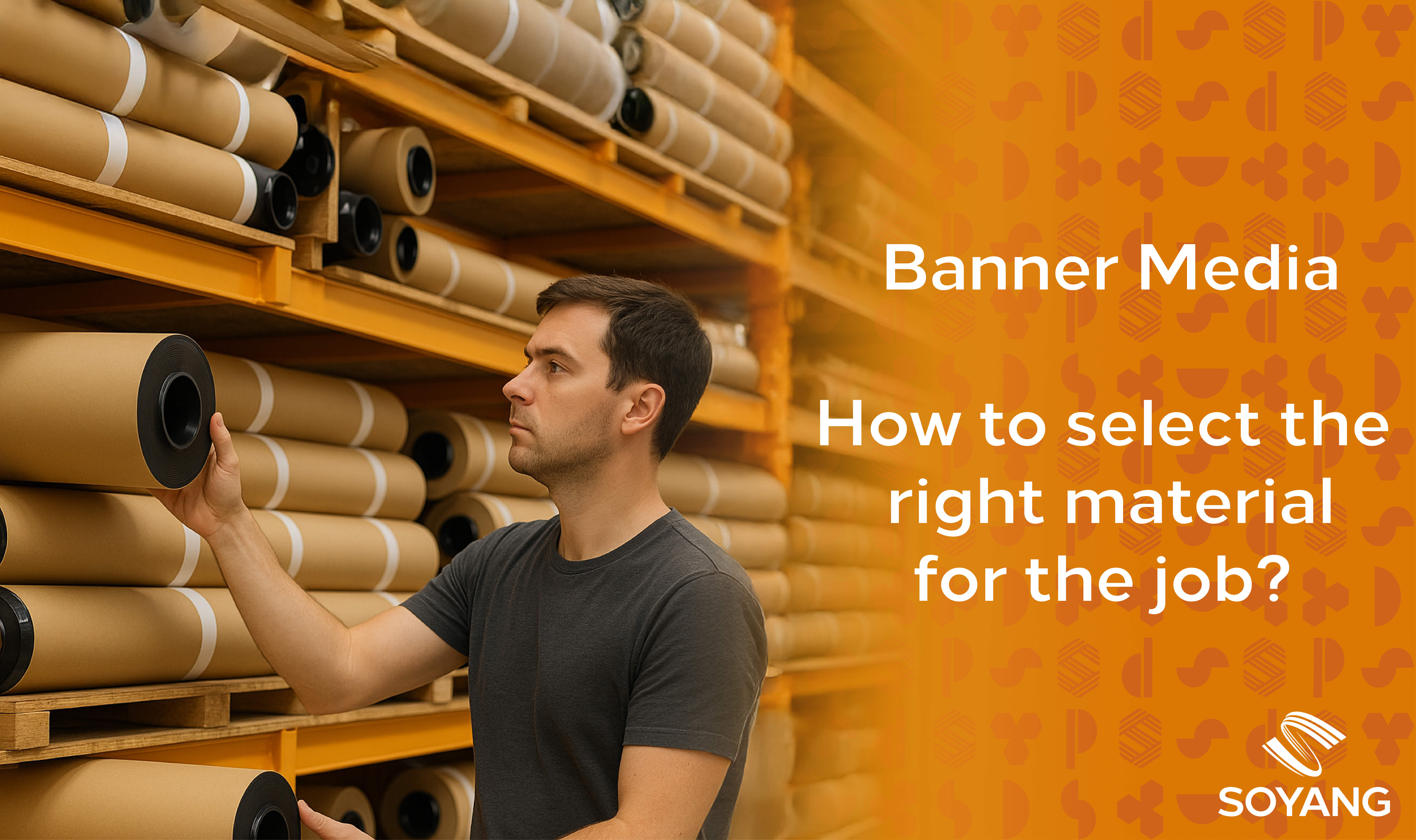What is perforation printing? What are its applications? And how can printers ensure best results when using it? Soyang explains in its latest guide.
There seems something old-fashioned about perforations, doesn’t there? They seem to belong to a physical world of stamps, cheques and postal orders. Yet while it’s certainly true that lots of traditional applications of perforated printing are on the wane, many more are as effective now as they’ve always been, and we’re seeing new print and marketing techniques give perforation a whole new life.
What is perforation printing?
A perforation in a print material is a line of tiny holes which make it easy to separate one part of the print from another without ripping important information. Perforation can also be used to help thicker papers fold more easily, without cracks or wrinkles.
Perforations may be a simple line but might also be in a ‘T’ (ideal, for example, for side-by-side rip-off tabs for your drinks offer), an ‘L’ shape (e.g. for tear-out forms) or a ‘box’ perforation (the classic example being the insert you punch out and remove to gain access to a box of tissues).
Applications of print perforation
Traditionally, perforated printing is the natural choice where you want a user of your print to tear off a part of it and use it in some way.
Think remittance slips, raffle tickets, calendars, coupons, RSVP slips and POS labels with tear-off prices. In each of the above instances, while it’s possible to perforate the materials in-house, that can be a time-consuming, laborious and costly exercise. It’s always more cost-effective for the perforation line to be added by the printer at source.
In recent years, however, printing perforation has been applied to a new generation of print materials. On interactive and augmented reality (AR) materials — print that uses mobile technology to deliver a deeper, richer experience while reducing the need to read vast swathes of ‘bumph’ —perforation enables a ‘tear and share’ approach, ensuring every recipient has the opportunity to share content with more people, potentially increasing the reach of your marketing mailers.
So from these novel applications to more traditional uses such as event tickets, wedding invites and educational materials, there’s still lots of mileage to be gained out of traditional printing perforation.
Perforated Printing Tips & Tricks
Choose a thicker paper
There’s a minimum paper weight for effective perforation. 80 gsm or less, frankly, will make the perforation pointless as the paper is simply too thin to withstand the act of tearing. You’ll be as likely to rip the paper around the perforation as the perforation itself. 80gsm and above will give you a functional perforation. 135gsm or above is ideal.
Be clear about print/perforation relationships
Most printers will have encountered situations where the print content is squeezed up against the perforation, risking important information getting lost when the perforated portion is ripped off. It’s not a printer’s job to get involved in questions of design, of course, but where you are involved early in the process, it is worth giving your customers clear guidance about the space you want them to leave between text, artwork and perforated lines.
Explain perforation lines
Another tip that’s as much about communication as it is about print technique. How do you want your customers to indicate the position of a perforated line? With a template overlay? With a dotted line in the correct position? And if the line is added to the print, do you know whether that is for your information only or part of the finished design?
There’s no right or wrong way to approach this but is important that customers know what to expect, so their print doesn’t feature a printed line they weren’t expecting, and so you don’t face a wasteful reprint.
Check double-sided print
Inevitably, a perforation affects both sides of your print, so it’s vital to ensure that, when printing on both sides of the paper, you ensure the perforation works on both sides too.
You might find it useful to print test copies for customers to ensure the finished result will be as they intended.
Talk to Soyang
Print perforation perfection starts with the right print materials. For that, and for all your printing material needs, talk to Soyang.










